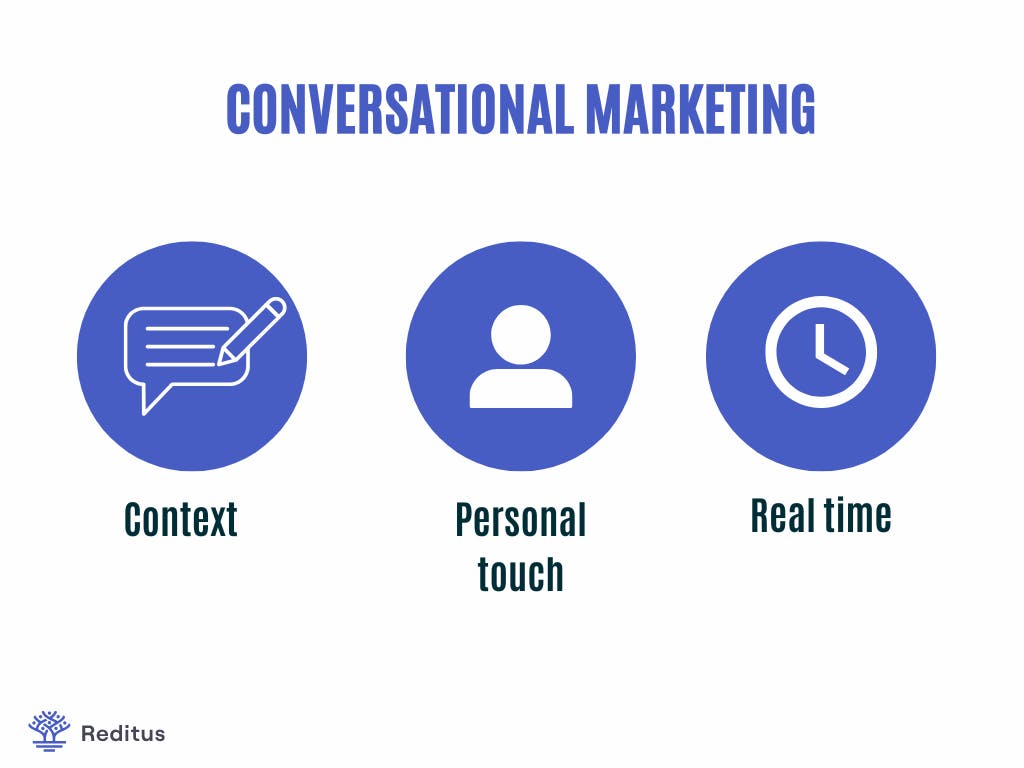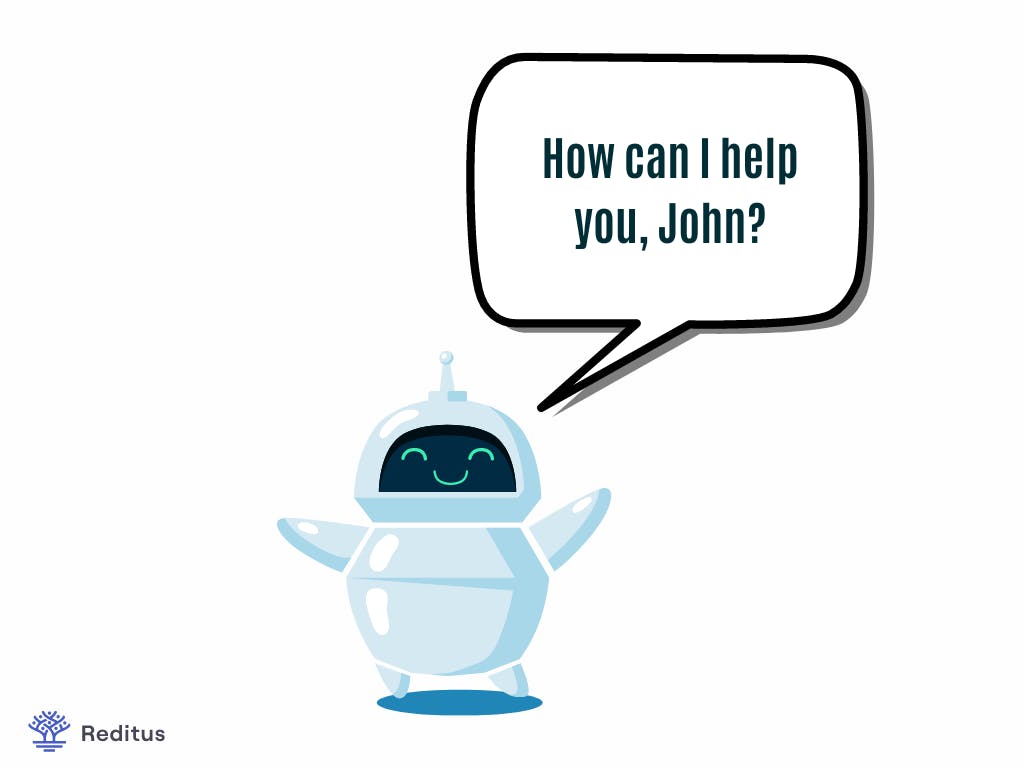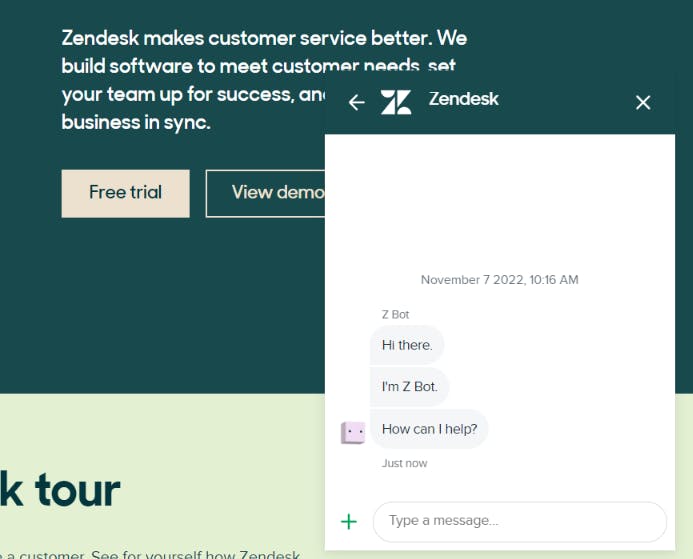What Is a Conversational Growth Strategy? Everything You Must Know

Conversational marketing may sound like an oxymoron, but it is one of the new strategies you can use to grow your SaaS in the coming years. This blog will teach you everything you need to know about setting up a Conversational Growth Strategy.
Let's start with the basics.
Table of contents
What Is a Conversational Growth Strategy?
Conversational growth strategies are all about the customer experience. They focus on building relationships with your customers by having conversations with them that lead to results.
Conversations can be in person, over the phone, or online—and they're different from traditional marketing campaigns because they don't simply interrupt customers. Instead, conversational growth allows you to convey your message in a way that makes people want to return for more.

Conversational growth has its roots in the direct mail industry, where companies would use mailings to get in touch with their audience (instead of just doing it through email).
In recent years, however, this approach has been applied outside direct mail and into other areas, such as digital marketing.
The proliferation of live chat technology made it possible for brands of all sizes to tap into the power of conversational marketing. Now, thanks to AI and machine learning, companies can take the conversational game to a whole new level.
What Are the Benefits of Adopting Conversational Marketing?
Some of the main benefits of adopting a conversational growth strategy might include the following:
- Increased customer satisfaction. Your customers are more likely to be satisfied with an excellent conversational interface than a clunky one.
- Increased customer loyalty. When your customers feel like they can get their questions answered in a timely and relevant fashion, they're more likely to stick around and recommend you to their friends and family.
- More revenue. Increased revenue through increased market share, brand awareness, and renewals from loyal customers.
- Increased productivity. Delegating repetitive tasks to technology and AI will help you repurpose that time into more productive initiatives.
- A more human brand. Chatbots, AI, and social media can make your brand more human, and more attractive to potential customers.
Ultimately, conversational growth is the future of customer service.
To stay competitive today, taking advantage of the latest technologies is essential to help your customers get answers quickly and easily.
What Are the Steps to Implementing a Conversational Growth Strategy?
Now that we’ve covered the basics of conversational growth, how can you implement it in your organization?
At its core, conversational growth involves a few simple steps:
1. Get to know your customer
The more you understand who your customers are, what they want, and how they see the world, the better the experience you’ll be able to design.
Some elements to consider when getting to know your customer include:
- What problem are you helping your customer solve? You should already know the answer to this, but it's crucial to internalize what value you're providing.
- Why is your customer interested in that solution? If you can understand why they are interested in that solution, you can understand how to provide value beyond your offering. This could be through a story, a shared experience, or something similar.
Also, discover the channels they prefer to interact on.
Whether those channels are social media, email, or direct messaging on your website, you should understand where your customers feel most comfortable interacting. This will help you to create an experience that feels comfortable for them.
The customer experience begins with the first touchpoint, so ensure you can hear what customers have to say from the get-go.
Don’t let anything slip through the cracks, and collect all customer feedback you can from the beginning. Doing so will help you stay up-to-date and in tune with your customers.
2. Choose the right technology
Even though conversational marketing isn’t about technology, the right tools can help you improve the experience while saving you time on repetitive tasks.
Choosing the right tools will also help you gather data in an organized manner.
Some of the fundamental tools you might need to implement conversational marketing might include the following:
- Chatbots: Chatbots emulate real conversations with customers. You can design entire sales funnels using chatbots and live chat technology.
- Social media monitoring: Monitoring what customers say about your brand on social media will help you join the conversation naturally.
- Personalization: AI-based personalization platforms will help you tailor your conversations to particular customers based on particular scenarios and contexts.

This isn’t a comprehensive list of all the platforms you might need. It does, however, include some of the most essential.
3. Create interpersonal interactions
Interpersonal interactions occur directly between people, as opposed to customer experiences between a person and a brand, website, or product. Since face-to-face interactions are so powerful, you should consider ways to bring your customers together in person, if possible.
Here are some ways to do it:
a) Host events to bring your customers together.
Do you have space (and the permits to do so)?
Host a party, concert, charity run, or some other gathering where your customers can come together and experience something together.
Get your brand's presence and merchandise there so that when people make memories, they'll remember your brand.
b) Create immersive experiences online
While in-person events are powerful, you don't necessarily have to have them to create interpersonal interactions. You can do this online while making your customers feel like they're interacting directly with your brand.
c) Create a virtual party
Set up a virtual party online through a chat platform (Trollbeads did this on Discord).
Invite some of your best current customers and encourage them to come together and have a fun time with each other.
Have a mascot, employee, or volunteer present as an avatar so your customers can have fun and interact directly with your brand.
4. Create compelling content relevant to your customer's needs
You also need to ensure that your content is relevant to your audience. Without a clear understanding of what your customer wants and what's relevant to them, you'll struggle to start conversations that truly resonate with your audience.
Ask yourself:
- What are my customers' biggest challenges?
- What are they hoping to achieve?
- What's currently missing from the market?
Once you find these gaps, you can create content that'll serve as a call to action to help them solve their challenges.
Also, let your content evolve as the customer journey does.
You never know when a piece of content will go viral or which topics will resonate the most with your audience. You must be flexible and open to new ideas and opportunities.
5. Build a channel where your customer can engage with you
This could be a chatbot, newsletter, or other communication forms. Just make sure the medium is appropriate for your audience!
Why do we build channels like this?
So we can learn from the feedback our customers are giving us.
If we're not getting feedback, we're not creating a conversational channel worth the customer's time.
What should your channel look like?
Well, that depends.
- What is the experience you're creating for your customer?
- What value are you delivering them?
- How can you define the channel?
For example, Zendesk has several chatbots based on the experience they're attempting to provide: a FAQ chatbot to answer common questions, a lead capture chatbot to send users relevant content and prompts to sign up for their newsletter, and so on.
If you are looking for a more Enterprise solution; check out Enterprise Bot Manager (and yes, they offer an affiliate program)

6. Make repetition and consistency a priority
The best conversational growth strategies are implemented with consistency. The more opportunities your customers have to interact with you, the more likely they will develop relationships with you and feel connected to your brand.
Keep in mind that repetition doesn't have to mean annoying your customers.
You can create consistency by adding a badge to your website, for example, or by promoting a new bot on social media. Whatever you do to ensure continuity will pay off in the long run!
Conversational Growth: FAQs
What is an example of conversational marketing?
Conversational marketing is a type of marketing that uses two-way communication to engage customers.
An example of conversational marketing would be using a chatbot on a company website to answer customer questions. This allows customers to get their questions answered quickly and efficiently, and it helps the company build trust and loyalty with customers.
What are the 4 stages of the conversation framework?
The 4 stages of the conversation framework are: Awareness, Consideration, Conversion, and Loyalty.
Awareness is when the customer becomes aware of the company’s product or service.
Consideration is when the customer evaluates the company’s offering and compares it to other options. Conversion is the stage where the customer decides to purchase the product or service.
Finally, loyalty is the stage where the customer is a repeat customer and brand advocate.
By following these four stages, companies can build relationships with customers and develop loyalty.
How do you speak conversationally in marketing?
When speaking conversationally in marketing, it is essential to be customer-focused and show empathy.
Speak as if you are talking directly to the customer and use casual and friendly language.
Avoid using technical jargon and focus on using clear, concise language.
It is also vital to be proactive and provide helpful advice or solutions to the customer to build trust and loyalty.
Finally, always be respectful and never be pushy or aggressive with the customer.
Conclusion
Conversational growth is the future of marketing, and it's time to start adopting this strategy in your organization.
The right conversational strategy won’t only help you grow but also design a more natural your customers will love.
Hopefully, this guide helps you start your conversational journey on the right foot.

